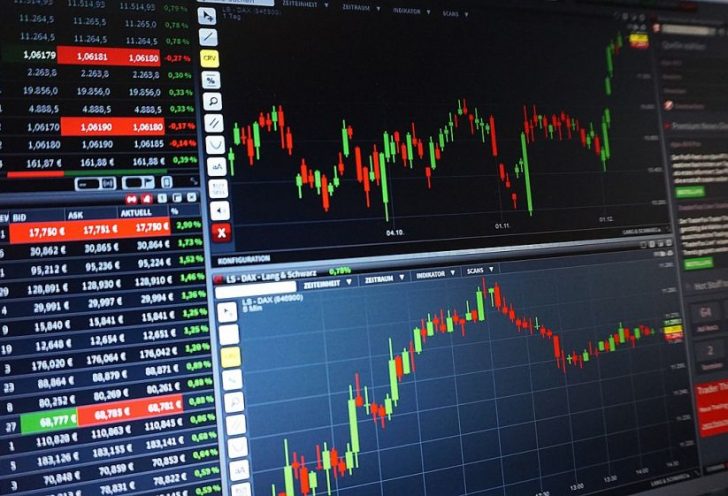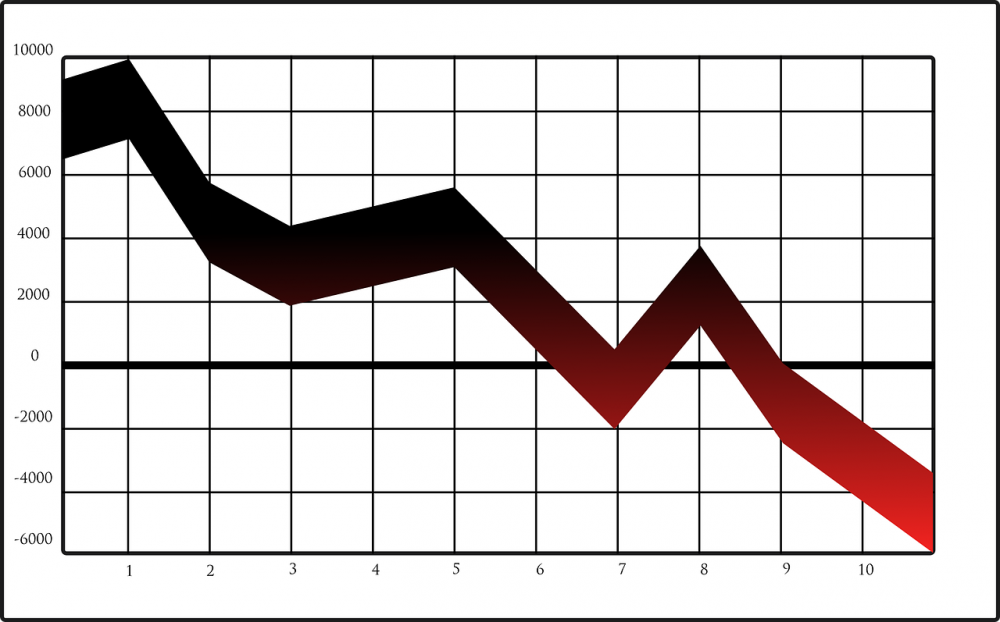Day Trading: Maximizing Profits in the Financial Markets

An In-depth Overview of Day Trading
In recent years, day trading has gained significant popularity among individuals seeking to profit from the financial markets. This article provides a comprehensive understanding of day trading by exploring its various types, quantitative measures, differences, and historical pros and cons. Whether you’re an experienced trader or just starting, this article will guide you through the world of day trading.
Understanding Day Trading

Day trading refers to the practice of buying and selling financial instruments within the same trading day. Unlike long-term investment strategies, day traders aim to take advantage of short-term price fluctuations to make quick profits. It requires constant monitoring of the markets, utilizing technical analysis, and employing various trading strategies.
There are several types of day trading, each with its unique characteristics:
1. Scalping: Scalpers focus on making multiple trades throughout the day, aiming to capture small price movements. Typically, scalpers hold positions for only a few seconds to minutes, aiming to profit from rapid price changes.
2. Momentum Trading: Momentum traders identify stocks that are exhibiting significant price movement or strong volumes. They aim to ride the momentum in the market, capitalizing on the upward or downward trends.
3. Range Trading: Range traders take advantage of price oscillations within a defined range. They buy when prices are near the lower end of the range and sell when prices reach the upper end.
4. Breakout Trading: Breakout traders monitor price levels that have been holding as support or resistance. Once the price breaks through these levels, they enter trades, anticipating a significant price movement.
Quantitative Measurements of Day Trading
To evaluate the success of day trading strategies, various quantitative measures are employed. These include:
1. Win/Loss Ratio: This ratio measures the number of winning trades versus losing trades. A higher ratio indicates a more profitable trading strategy.
2. Profit Factor: Profit factor compares the total profit from winning trades to the total loss from losing trades. A ratio higher than 1 suggests a positive expectancy strategy.
3. Average Return per Trade: This metric calculates the average profit or loss per trade, allowing traders to assess the profitability of their strategy.
4. Risk-Reward Ratio: This ratio measures the potential reward against the risk taken in a trade. It helps traders determine if the potential gain justifies the risk involved.
Understanding the Differences in Day Trading Strategies
Although all day trading strategies aim to capitalize on short-term price movements, their approaches and methodologies may differ. Factors that influence these differences include timeframes, trading instruments, market conditions, and individual trader preferences.
For instance, scalping strategies focus on quick trades and minimal profit targets, while momentum trading strategies seek larger profits by riding significant price trends. Similarly, range trading strategies are suitable when prices are contained within specific boundaries, and breakout trading strategies aim to capture price movements once significant levels have been breached.
Examining the Historical Pros and Cons of Day Trading
Day trading, like any investment approach, has its advantages and disadvantages. Understanding these can help individuals make informed decisions.
Benefits of Day Trading:
1. Potential for Quick Profits: Day trading offers opportunities to make profits within a short span, allowing traders to capitalize on market volatility.
2. Increased Liquidity: Frequent trading facilitates quick entry and exit from trades, ensuring more significant liquidity in the markets.
3. Independence and Flexibility: Day trading can provide individuals with the flexibility to work from anywhere and have control over their trading decisions.
Drawbacks of Day Trading:
1. Psychological Pressure: The fast-paced nature of day trading can induce stress and emotional roller coasters, affecting decision-making.
2. High Risk: Due to the short-term nature of trades, day traders are exposed to higher risks, including market volatility and execution risks.
3. Time and Effort: Successful day trading requires dedication, constant monitoring, and staying updated with market news and analysis.
In conclusion, day trading offers individuals a unique opportunity to profit from short-term price movements. Understanding the different types of day trading, employing quantitative measures, being aware of strategy differences, and considering historical pros and cons can significantly enhance one’s day trading journey. Remember, successful day trading requires discipline, knowledge, and continuous adaptation to changing market conditions.





















